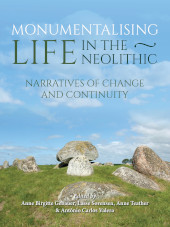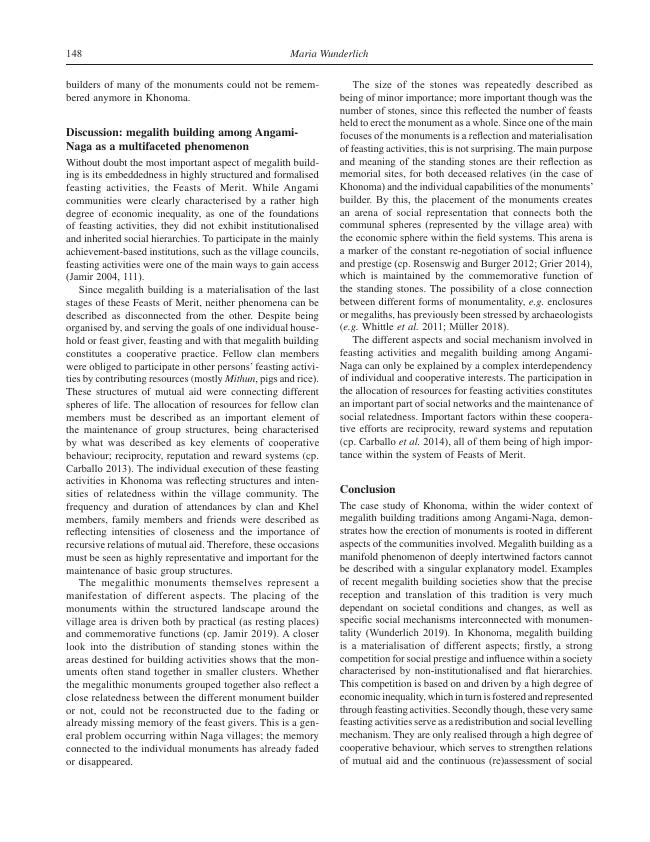2020 - Oxbow Books
E-book
Digital Version
Télécharger | Copier/coller | Impression
Monumentalising Life in the Neolithic : Narratives of Continuity and Change
320 p.
- One of the principal characteristics of the European Neolithic is the development of monumentality in association with innovations in material culture and changes in subsistence from hunting and gathering to farming and pastoralism. The papers in this volume discuss the latest insights into why monumental architecture became an integral part of early farming societies in Europe and beyond. One of the topics is how we define monuments and how our arguments and recent research on temporality impacts on our interpretation of the Neolithic period. Different interpretations of Gandouml;bekli Tepe are examples of this discussion as well as our understanding of special landmarks such as flint mines.The latest evidence on the economic and paleoenvironmental context, carbon 14 dates as well as analytical methods are employed in illuminating the emergence of monumentalism in Neolithic Europe. Studies are taking place on a macro and micro scale in areas as diverse as Great Britain, Denmark, Sweden, Poland, Germany, the.
- Dutch wetlands, Portugal and Malta involving a range of monuments from long barrows and megalithic tombs to roundels and enclosures. Transformation from a natural to a built environment by monumentalizing part of the landscape is discussed as well as changes in megalithic architecture in relation to shifts in the social structure. An ethnographic study of megaliths in Nagaland discuss monument building as an act of social construction. Other studies look into the role of monuments as expressions of cosmology and active loci of ceremonial performances. Also, a couple of papers analyse the social processes in the transformation of society in the aftermath of the initial boom in monument construction and the related changes in subsistence and social structure in northern Europe.The aim of the publication is to explore different theories about the relationship between monumentality and the Neolithic way of life through these studies encompassing a wide range of types of monuments over vast areas of Europe and bey
- ond. [Publisher's text].
- Special access authorizations may apply; please contact us for further information.
-
Informations
ISBN: 9781789254976
DISCIPLINES



